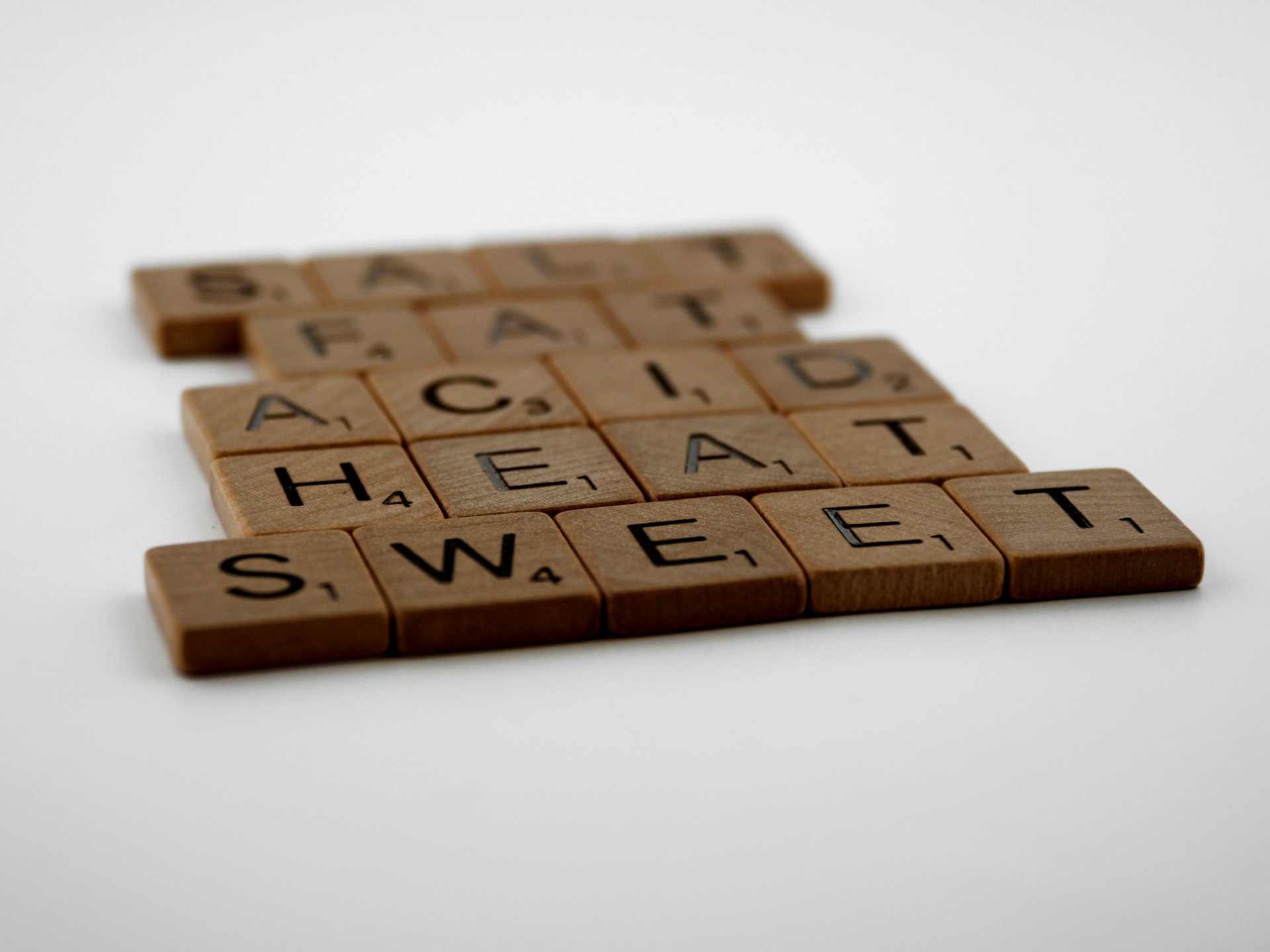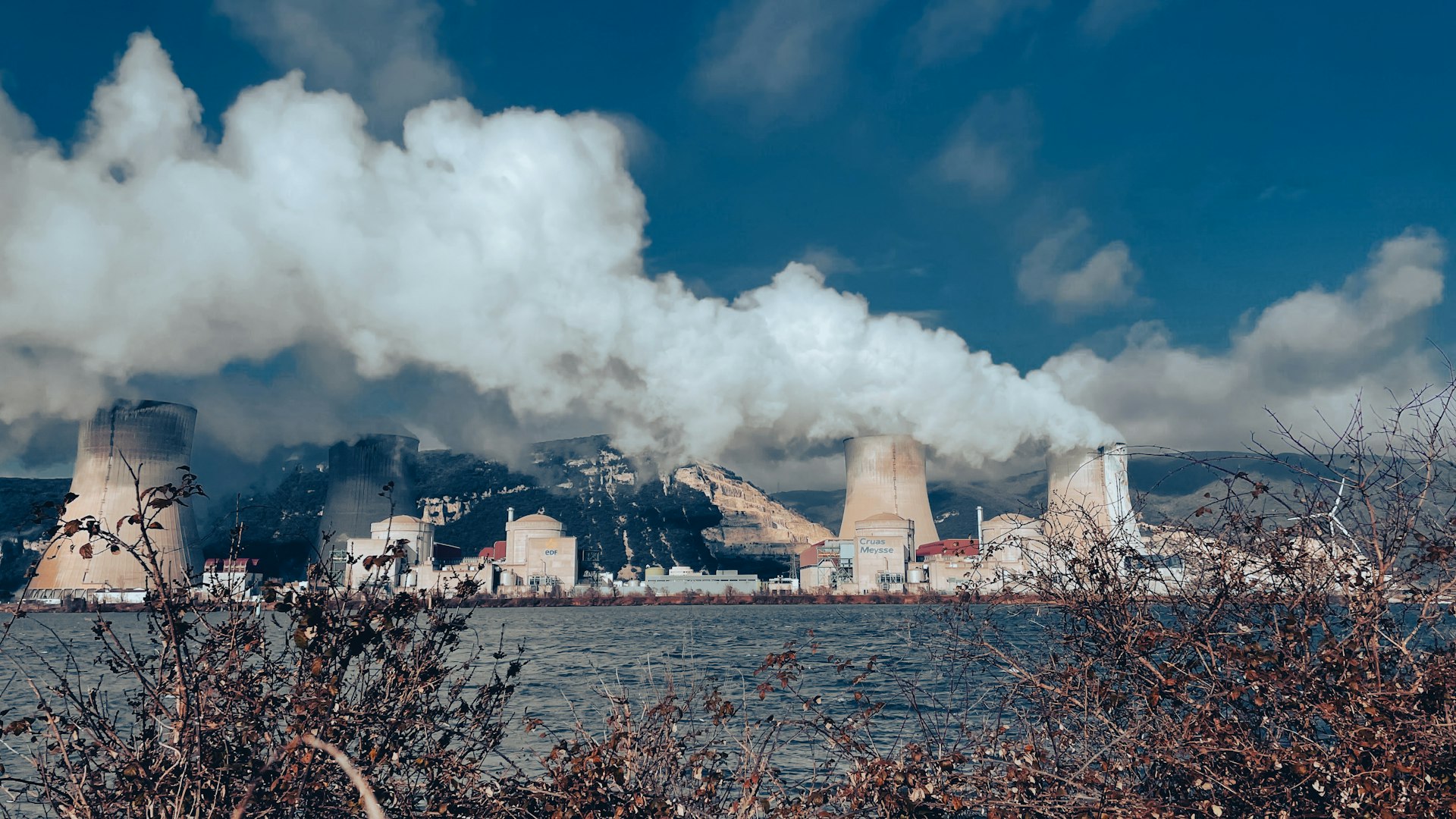How the Dairy Industry Impacts the Environment: Carbon, Water, Land, and Sustainability Solutions

Photo by Akash Chaudhary on Unsplash
The Environmental Impact of the Dairy Industry
The global dairy industry is a cornerstone of modern agriculture, providing essential nutrition and supporting millions of livelihoods. However, dairy production also has significant environmental consequences, affecting climate, water resources, land use, and biodiversity. This article provides a detailed, evidence-based analysis of how dairy farming impacts the environment, highlights ongoing sustainability efforts, and offers actionable guidance for consumers and producers seeking to reduce their environmental footprint.
Greenhouse Gas Emissions and Climate Change
Dairy production is a major contributor to global greenhouse gas (GHG) emissions, primarily through methane, nitrous oxide, and carbon dioxide
[1]
. Globally, dairy products generate about 3.1 gigatonnes of CO
2
equivalent per year, accounting for roughly 3% of all human-caused emissions
[2]
. Milk production alone is responsible for 2.9% of human-induced GHG emissions
[3]
.
The primary sources of these emissions are enteric fermentation (digestive processes in cows), manure management, and feed production
[1]
. Enteric methane is particularly concerning because it is 86 times more potent than CO
2
over a 20-year period and accounts for over half of dairy’s total emissions
[3]
.
In the United States, efforts to reduce emissions per unit of milk have shown progress. For example, Idaho has cut enteric methane emissions per unit of milk by 25% since 1990 and reduced methane from manure by about 20% per unit, although total manure emissions have risen due to herd growth [4] . The U.S. dairy industry has pledged carbon neutrality by 2050, focusing on feed efficiency, manure management, and renewable energy [4] .
Water Use and Pollution
Dairy farming is water-intensive, with about 98% of the water footprint tied to growing feed crops [3] . Dairy cattle are responsible for 19% of the global water footprint of animal agriculture [3] . Additional water is used for hydrating cows, cleaning facilities, and processing milk products [1] .
Water pollution is another serious concern. Runoff from manure and fertilizers can contaminate local waterways, leading to nutrient overload, algal blooms, and reduced oxygen for aquatic life [1] . A single dairy cow produces 106 to 150 pounds of manure daily, and a dairy with 200 cows generates as much nitrogen sewage as a town of 5,000-10,000 people [3] . Large operations face significant challenges in managing this waste effectively.
Land Use and Biodiversity
Globally, over 1 billion hectares-7% of the Earth’s land surface-are used to feed dairy animals [2] . This demand drives deforestation, particularly in tropical regions, where an estimated 3% of annual forest loss is linked to dairy consumption [2] . Land conversion for agriculture is the single largest driver of biodiversity loss worldwide [2] .

Photo by henri buenen on Unsplash
Overgrazing and poor land management can lead to soil erosion, loss of topsoil, and desertification [1] . However, well-managed grazing can improve soil health and support biodiversity, illustrating the importance of sustainable practices [1] .
Air Quality and Public Health
Dairy operations contribute to air pollution through emissions of ammonia, particulate matter, and volatile organic compounds [1] . Livestock production accounts for 8% of all PM10 and 4% of PM2.5 emissions globally [2] . These pollutants can harm downstream habitats, reduce species diversity, and negatively impact human health, contributing to cardiovascular and respiratory diseases [2] .
Sustainability Efforts and Solutions
The dairy industry has made strides in reducing its environmental footprint. Genetic improvements, optimized nutrition, and better herd management have nearly quadrupled milk output per cow since the 1940s, allowing more milk to be produced with fewer animals [4] .
Innovative feed additives, such as 3-NOP (3-nitrooxypropanol), seaweed, and oilseeds, can reduce enteric methane emissions by up to 30% without affecting milk yield [4] . Advanced manure management technologies-including anaerobic digesters, composting, and improved storage-help convert waste into renewable energy and reduce GHG emissions [4] .
Consumers can also play a role. Reducing dairy consumption, choosing products from farms with strong environmental practices, and supporting policies that promote sustainable agriculture are all effective steps. For example, skipping one glass of milk per week for a year saves approximately 1,238 gallons of water [3] .
Actionable Steps for Producers and Consumers
For Dairy Farmers
- Adopt Precision Feeding: Use feed additives and balanced rations to reduce methane emissions and improve efficiency.
- Implement Manure Management Systems: Invest in anaerobic digesters, composting, and covered storage to minimize emissions and produce renewable energy.
- Practice Rotational Grazing: Rotate cattle through pastures to prevent overgrazing, improve soil health, and support biodiversity.
- Monitor and Reduce Water Use: Install efficient irrigation systems and recycle water where possible.
- Participate in Certification Programs: Seek certifications like Organic or Animal Welfare Approved to demonstrate commitment to sustainability.
For Consumers
- Reduce Consumption: Consider plant-based alternatives or reduce portion sizes to lower your environmental footprint.
- Choose Sustainable Brands: Look for dairy products with eco-labels or certifications indicating responsible farming practices.
- Support Local Farmers: Purchasing from local, small-scale producers can reduce transportation emissions and support community sustainability.
- Advocate for Policy Change: Contact representatives to support legislation promoting sustainable agriculture and reduced GHG emissions.
Challenges and Future Directions
Balancing productivity with environmental stewardship remains a challenge, especially as global demand for dairy continues to grow. While per-unit emissions have declined in some regions, overall emissions may still rise due to increasing herd sizes [4] . Ongoing research into feed additives, manure technology, and renewable energy integration is critical for achieving long-term sustainability goals.
Public awareness and consumer choices will also shape the future of the dairy industry. By making informed decisions and supporting innovative practices, individuals and communities can help drive meaningful environmental progress.
References
[1] World Wildlife Fund. Dairy | Industries. Overview of dairy industry environmental impacts.
[2] PMC. Examining the Environmental Impacts of the Dairy and Baby Food Industry. In-depth analysis of dairy’s climate, land, and air quality effects.
[3] Center for Biological Diversity. Milk v. Wildlife: The Environmental Cost of Dairy. Factsheet on dairy’s carbon, water, and land use impacts.
[4] Livestock and Poultry Environmental Learning Community. Sustainability of the Dairy Industry in the United States. Details on U.S. dairy sustainability efforts and technologies.
MORE FROM promohunterpro.com













